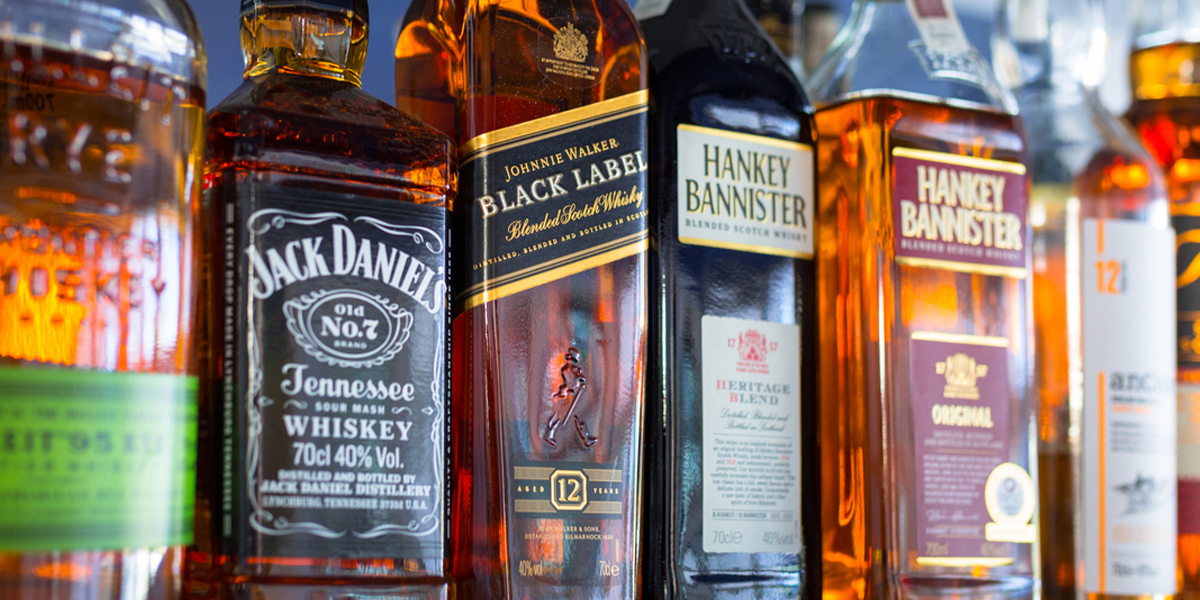

The Legends Within Liquor Labels

Apple pie? That’s for amateurs. You want something quintessentially American? A true touchstone of our national history and culture? Then put down the plate and fork and reach for a glass instead. Preferably without ice.
Whiskey. If it was good enough for George Washington and Don Draper, it’s good enough for the rest of us.
America’s native spirit, as a 1964 Congressional resolution proclaimed it, is in the midst of a revival (thank you, Millennials) — one that finally recognizes that the labels on the outside are as much a work of art as the elixir within.
Little Brown Jug
What’s on the outside tells you what’s inside, right? Those old earthenware jugs with XXX on them certainly did. Three marks meant the whiskey (or moonshine) inside had been triple distilled. In other words, this was the best stuff.
Early on, hooch also came in large barrels delivered to a store or bar. Buyers would bring their own jugs and fill up. Only when glass bottles became readily available did the label as we know it make an appearance. Paper labels allowed distillers to wax poetic about the liquid within, and the creativity — and marketing — began in earnest.
The first bottle-only, sealed-at-the-distillery whiskey, Old Forrester, marketed itself mainly as medicine. Images of monkeys climbing the bottle with a corkscrew emphasized the liquor's consistency and quality, as well as the fact that no one had tampered with the product.
By 1908, Jack Daniel’s distillery had trademarked the still-recognizable "Old No. 7" on its label — though no one knows what Old No. 7 refers to, according to The Art of American Whiskey by tipple expert Noah Rothbaum. Full to the brim with insider info, the book also features color images of ads and labels as well as cocktail recipes.
Four Roses, for instance, was one of the first distilleries to advertise on outdoor billboards in New York’s Times Square in the 1890s. The distillery also knew how to skirt the law during Prohibition. Drinking may have been illegal, but “medicine” was just fine and dandy. Rothbaum came across a bottle, featured in the book, that had a “prescription” on the front advising a “patient” to mix 2 ounces of whiskey with hot water. Add honey, a cinnamon stick and maybe a lemon slice and you’d have a hot toddy. Cures what ails you.
Unlike wineries, whose labels often depend on splashy graphics to lure shoppers (a majority of whom pick their vino based on the label alone), whiskey makers like to woo us with appeals to our past.
No surprise, since age is what gives whiskey its color and much of its flavor.
Even in the early 1900s, a bottle of Old Forman enticed imbibers with a sentimental farm scene. Old Fashioned Whiskey, aged 16 years, also links authenticity to history with a pastoral label.

In the 1970s, Tennessee whiskey maker George Dickel aimed at a different traditional market with a jug-style bottle featuring country music star and brand ambassador Merle Haggard. More recently, Old Blowhard marketed its limited-edition 2014 product with a label that hinted at the lineage of history and tradition.
History In A Glass
Back in the 1700s, if you wanted whiskey, you had to make your own. George Washington did. Actually, his farm manager James Anderson, a distiller in Scotland before coming to America, was the one who saw the potential for liquor production on Washington’s estate. By 1799, when Washington died, his distillery was turning out nearly 11,000 gallons, making it the largest such operation in America at the time.
Visitors can see Washington’s whiskey works at the Distillery, part of the Mount Vernon complex near Washington, D.C. Samples of rye whiskey — still made the old-fashioned way, with wood stoves and no running water — are available at the Mount Vernon Inn Restaurant; individual quantities are available for purchase with a meal or at the bar.
My Old Kentucky Home
Kentucky, the birthplace of bourbon, is home to more than 20 working distilleries that turn out 200-plus brands of bourbon — about 95 percent of the world’s supply. Many operations conduct regular public tours and even the places that don’t will give you a taste and encourage you to browse their gift shop. Bourbon Country offers a list with links to the distilleries.
Among the favorites are Four Roses distillery in Lawrenceburg or the warehouse and bottling facility in Cox’s Creek; Maker’s Mark in Loreto; Buffalo Trace in Frankfort; and the Jim Beam distillery in Clermont or the urban distillery in Louisville.
Travel along the Kentucky Bourbon Trail and you can have your "passport" stamped and receive a special T-shirt at the end. The nine historic distilleries along the route recommend taking three days to make the trip.
In Tennessee, no visit is complete without a stop by the Jack Daniel’s distillery in Lynchburg — in a county that famously has been dry since Prohibition.
Whether you go straight to the source or visit the local liquor store, you can always enjoy the taste of true Americana in your glass. Cheers!


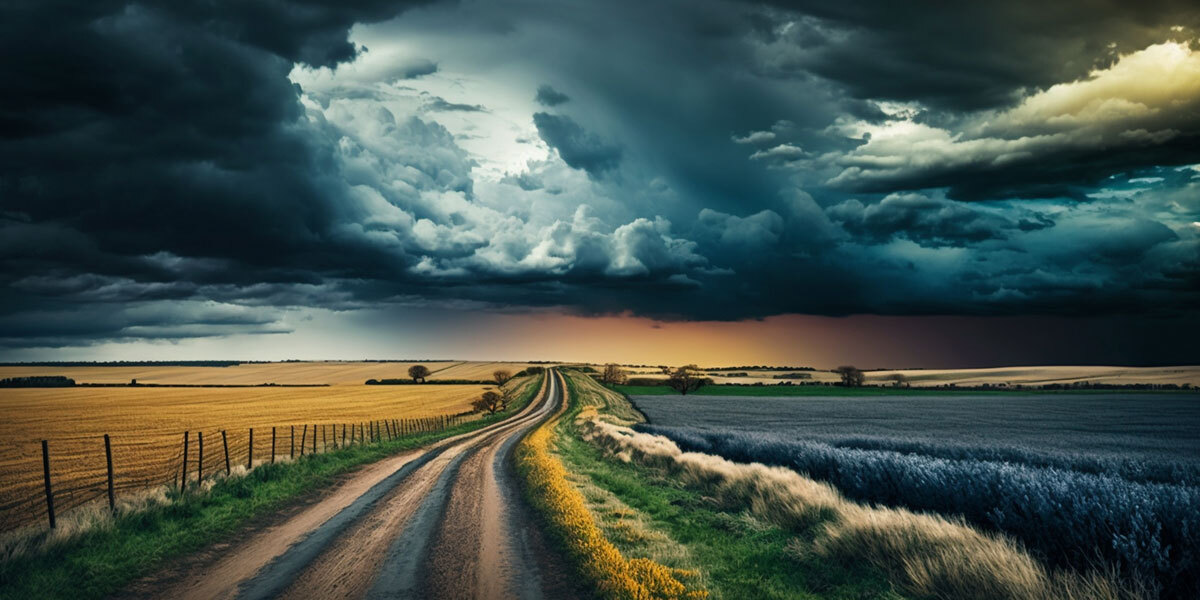
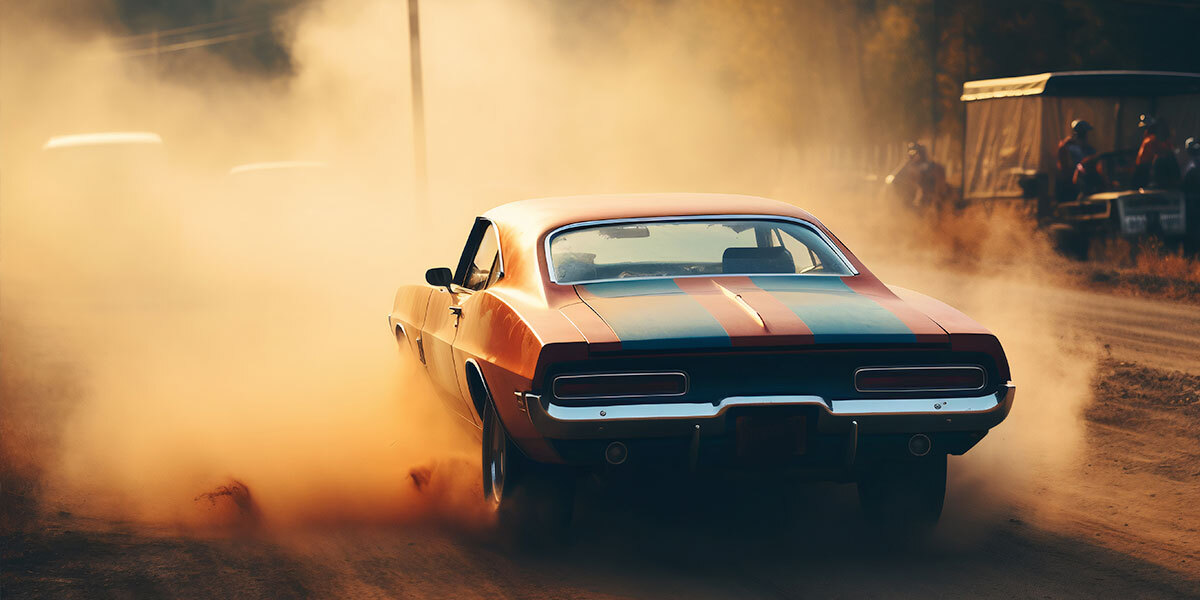
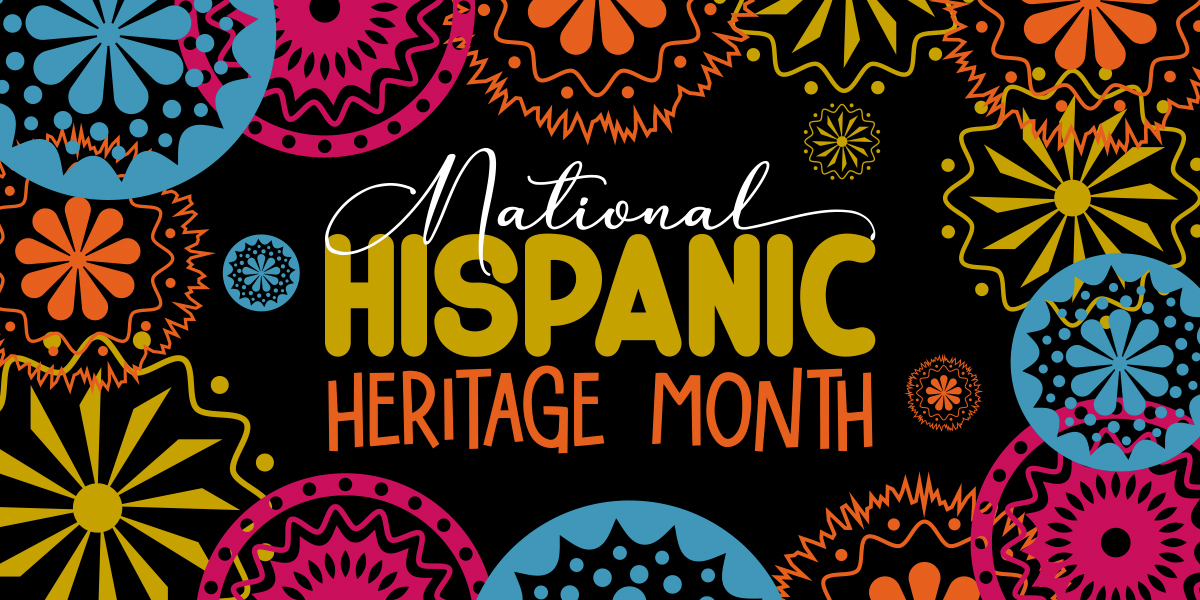




 Gear!
Gear!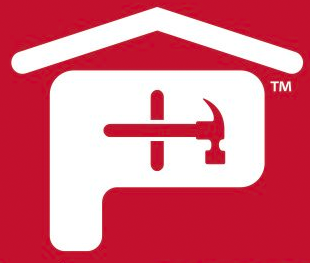 PRO LOGIN
PRO LOGIN